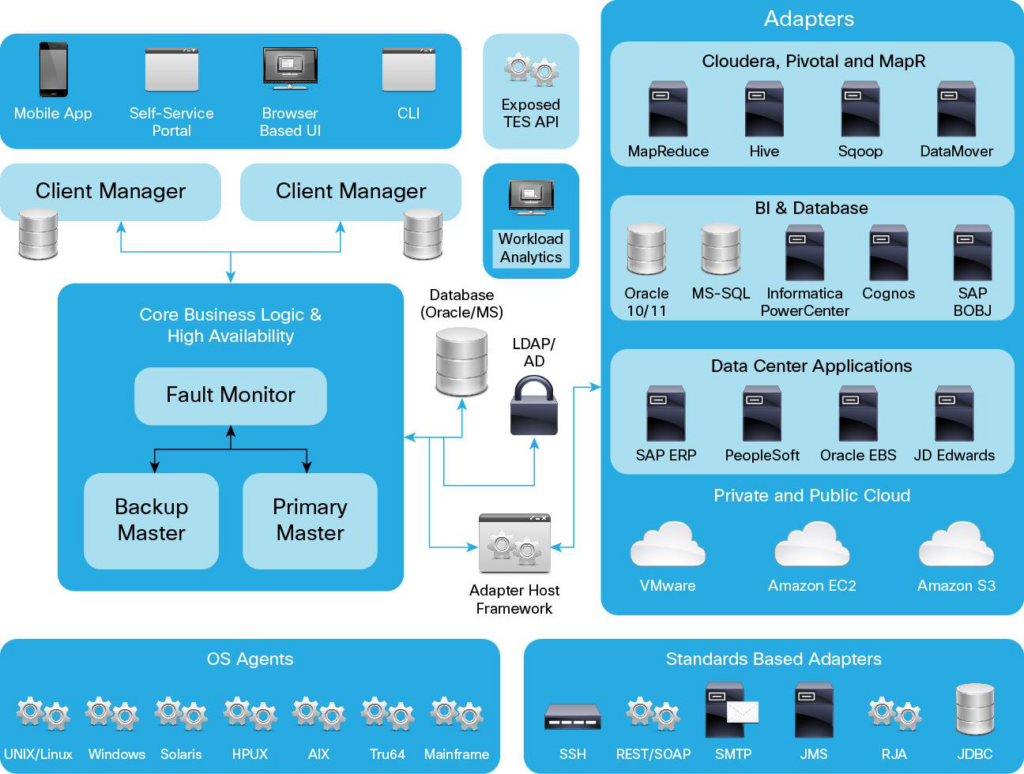 This article will give you several examples of how to write explainer video scripts using case studies
This article will give you several examples of how to write explainer video scripts using case studies
Marketing videos, particularly the two-minute (or less) videos my company specializes in, try to encompass a great deal of product information in a very small space (250 words is how I think of it).
You might think that the marketing department’s messaging documents, which represent the distillation of a lot of hard work, would be a logical starting point for video script development. But we find that using case studies (or use cases) yields better results.
Toning down the salesy-ness
For one thing, our clients are trying to bring down the level of “salesiness” in videos today, both because buyers are increasingly distrustful of broad claims, and because many viewers of the video are “researchers” who are doing their best to evaluate a solution. They take an interest in the experiences of people “just like them.” The people quoted in company case studies talk like real people. They are talking about real experiences. This is how your video should talk, too.
Name that user
In the case studies, too, you’ll get a sense of the job titles and specific activities that you may want to allude to in your video to keep it real. How many employees get involved? How do they spend their time? How does your solution help them spend their time more productively?
Dig out the diagram
Case studies (and white papers) usually contain diagrams or illustrations that make good starting points for videos. Here’s the kind of diagram you’re looking for(from a Cisco case study).

You may think there’s too much detail in this diagram — and, of course, you’re right. But you can build a dozen compelling stories simplifying a diagram like this. This is a great way to make sure you have a technically accurate video that doesn’t talk down to the viewer.
From the particular to the general
Simplifying the diagram above might require getting rid of actual product names and substituting the general category. From a script development point of view, the thought process of going from the particular to the general helps keep the story grounded and accurate — because you’ll need to keep asking yourself, am I presenting this in a way my audience will immediately grasp?
By the numbers
Case studies contain numbers — and for a business presentation, quantifying the value proposition is almost always a sound approach. It not hard to make “50% less training required” or 30,000 applications, — any numbers that support your argument — visually interesting and memorable in a video. Too many marketing materials promise to “lower costs.” A video that dramatizes how, and how much, costs were lowered will have a lot more impact.
Case studies and the buyer’s journey
Case studies are typically thought of as “middle of the funnel” documents encountered in the middle of the buyer’s journey. Videos, on the other hand, are typically intended for the awareness phase. But, as I’ve argued elsewhere, video is a preferred type of content throughout the buyer’s journey. Accordingly, we recommend taking another look at your case studies. You may find that your next terrific video is inspired by a true story.



